Facing a shortage of parts used for tourniquets, wound wrapping bandages, telescopes and drone components, Ukrainian owners who had created a network to address PPE shortages during the pandemic shifted their focus to military needs.
Now supplemented by new 3D printers and filament from foreign donors, Ukraine has pioneered innnovative uses for essential wartime uses of 3D technology. JL
Byroman Mykhailshyn reports in IEEE Spectrum:
During COVID-19, Ukraine companies, volunteers, universities, and concerned citizens began networking. Thanks to these communications, it was possible to supply personal protective equipment for physicians and social workers. By the beginning of the war in February, logistics systems for the 3D-printing industry had been established. When they (learned) there was a great shortage of combat application tourniquets (CATs), and bandages, in a few days they developed a tourniquet that could be 3D printed. 3D-printing has also been making tactical tools for the military, (including) periscopes which give Ukrainian soldiers a safer way to look around corners and over walls.One month into the Russian invasion of Ukraine, a group of more than 100 makers from all over Ukraine manufactured and supplied a number of 3D-printed products to the Armed Forces of Ukraine, the Territorial Defense Force, and the Air Forces. For security reasons, this group does not disclose most of their work. But they do share common achievements.
According to their data, 3,019 individual parts were 3D printed in the first 16 days of the war, which were used for 930 finished products. This is data from only one group of volunteers, and it is very difficult to track the total amount of help in the form of 3D-printed products. However, it is safe to say that fast, flexible 3D-printing production has shown all its advantages in Ukraine.
This is a startling accomplishment considering that before 24 February 2022, 3D printing was very rarely used in manufacturing components for military equipment in Ukraine.
There are a couple of reasons for this. First, the 3D-printing facilities and services available in Ukraine usually use fused deposition modeling (FDM) 3D-printing technology, which often results in components with poor performance and less than optimal survivability in wartime. Second, the number of 3D printers was very limited in Ukraine and did not allow for the production of certain components evenly throughout the country. And for volunteers living in Ukraine and for those like me who are outside of our home country, there were many problems and questions: what exactly to print, in what quantity, how to provide logistics in the places where the products are needed, and how to get the permits required to modernize military equipment.
Given these constraints, how has 3D printing become one of the most important activities for volunteers trying to help the Ukrainian military? It turns out the COVID-19 epidemic played an important role in resolving many of the issues associated with 3D printing before the war. During COVID-19, companies, volunteers, universities, and concerned citizens (including me) began to create a system for networking. Thanks to these communication systems and volunteer centers, it was possible to supply personal protective equipment (like faceshields) for physicians and social workers. By the beginning of the full-scale war in February, logistics systems for the 3D-printing industry had already been established.
Even so, at the start of the conflict, 3D printers were in short supply, and there was a limited supply of consumables like filament. When volunteers from abroad joined the fight, they dispatched a large number of 3D printers throughout Ukraine in a short time. In addition, citizens who had 3D printers at home began to give their printers to 3D-printing hubs established to supply components to the frontlines. Ukrainian filament companies also began to make supplies directly available, effectively resolving any outstanding questions concerning materials and printers.
But the main issue for the 3D-printing community remained: What could be 3D printed that would most help the military? The Ukrainian company 3D Tech ADDtive was the first to come up with an initiative to defend Ukraine. The company was one of the first to work on 3D printing of components for drones and weapons, but the impact of these components was limited. Therefore, when it received new information that there was a great shortage of combat application tourniquets (CATs) for the military, in just a few days they had developed a tourniquet design that could be 3D printed, and began to modify it for better performance.
The Ukrainian company 3D Tech ADDtive developed a combat application tourniquet [left] containing multiple 3D-printed parts [right].3D TECH ADDTIVEOther volunteers also joined the modernization and implementation of computer-aided designs with publicly available 3D models for printing. In particular, the project “3DPrintingforUkraine” improved performance for even industrial tourniquets.
The 3DPrintingforUkraine project also developed tourniquets whose components could be readily manufactured and assembled via a 3D printer. 3DPRINTINGFORUKRAINEPrinting such tourniquets can be difficult, as nonstandard filaments, including flexible materials such as nylon and others such as polyethylene terephthalate glycol (PETG), are necessary. Meanwhile, the logistics of delivering expensive printing materials are currently more difficult to solve than for more standard 3D-print composites such as acrylonitrile butadiene styrene (ABS) or PETG.
Today, however, the 3D printing of this important materiel continues, thanks to the help of volunteers and the regular donation of caring people, mainly from Eastern Europe.
Spools of 3D-printer filament fill the back seat of a car, providing a supply-chain lifeline for 3D printers across Ukraine being used to supply troops and medics working in the country's defense. 3D TECH ADDTIVEAs the war continued on, another shortage arose with the Israeli Emergency Bandage—a smartly designed dressing made specifically for use with one hand. Due to the large number of mobilized Ukrainians, there was simply not enough of these bandages to go around. Therefore, together with garment companies, makers have organized the production of a 3D-printed version of the bandages. In fact, after only a few days of producing these substitute Israeli Emergency Bandages, volunteers used them to complete individual first-aid kits, which were then sent to the front.
The Israeli Emergency Bandage [left], a popular staple of military first-aid kits around the world, was so much in demand among Ukrainian forces that a comparable 3D-printed bandage [right] was devised as an alternative.3D TECH ADDTIVEIn addition to health-care products, the 3D-printing community in Ukraine has been making tactical tools for the military. The most useful for the military are periscopes, which volunteers disguise as needed. This design of the 3D-printed periscope is quite light and consists of a 50-millimeter-diameter tube, two mirrors, and two printed parts. This gives Ukrainian soldiers encountering the enemy in urban areas a safer way to look around corners and over walls.
Both the military periscope [left] and its 3D-printed alternate versions [right] can be crucial tools for troops on the frontlines—especially in tight urban settings, enabling sometimes lifesaving ways of looking around corners and over walls.3D TECH ADDTIVEThree-D printing shows amazing flexibility and can respond quickly to the needs of volunteers. The communication that was established in peacetime, through conferences and scientific and technical societies including IEEE, allows for better understanding of the needs and opportunities of each region and hub. Thanks to this volunteer-driven, maker-powered movement, the Ukrainian Army has a better opportunity to offer a worthy resistance to the Russian Army by making it possible to equip military units with necessary equipment quickly.


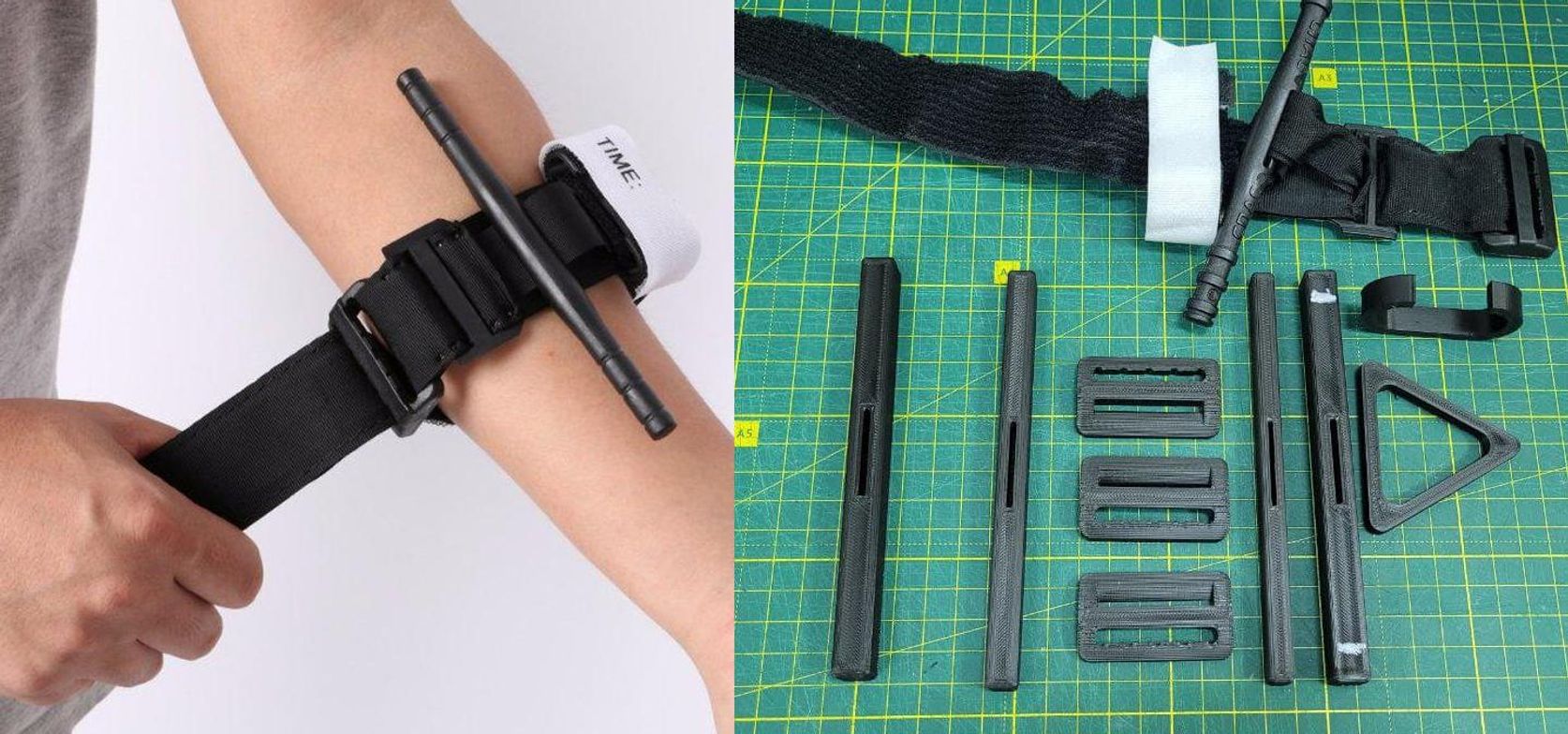
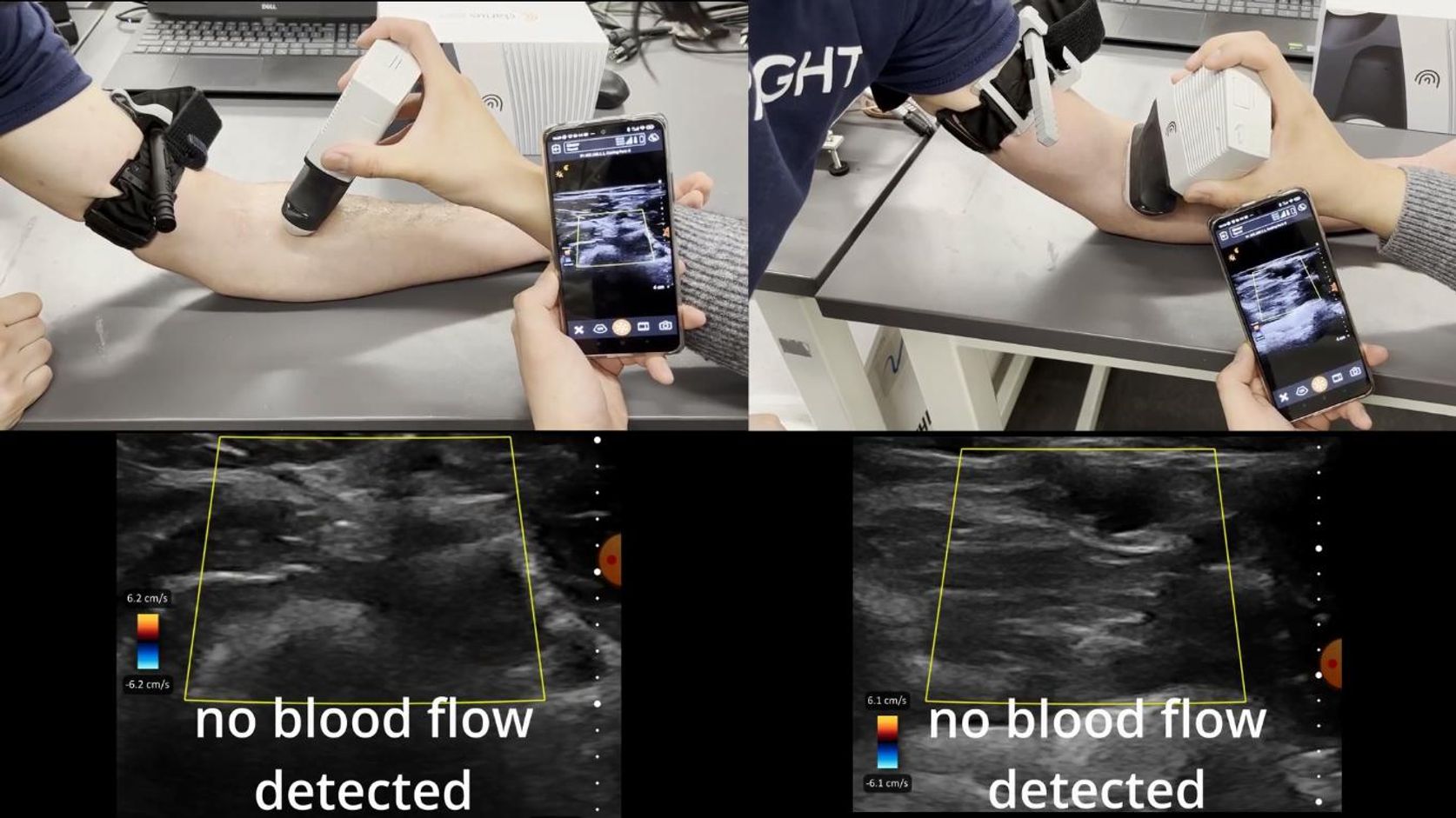
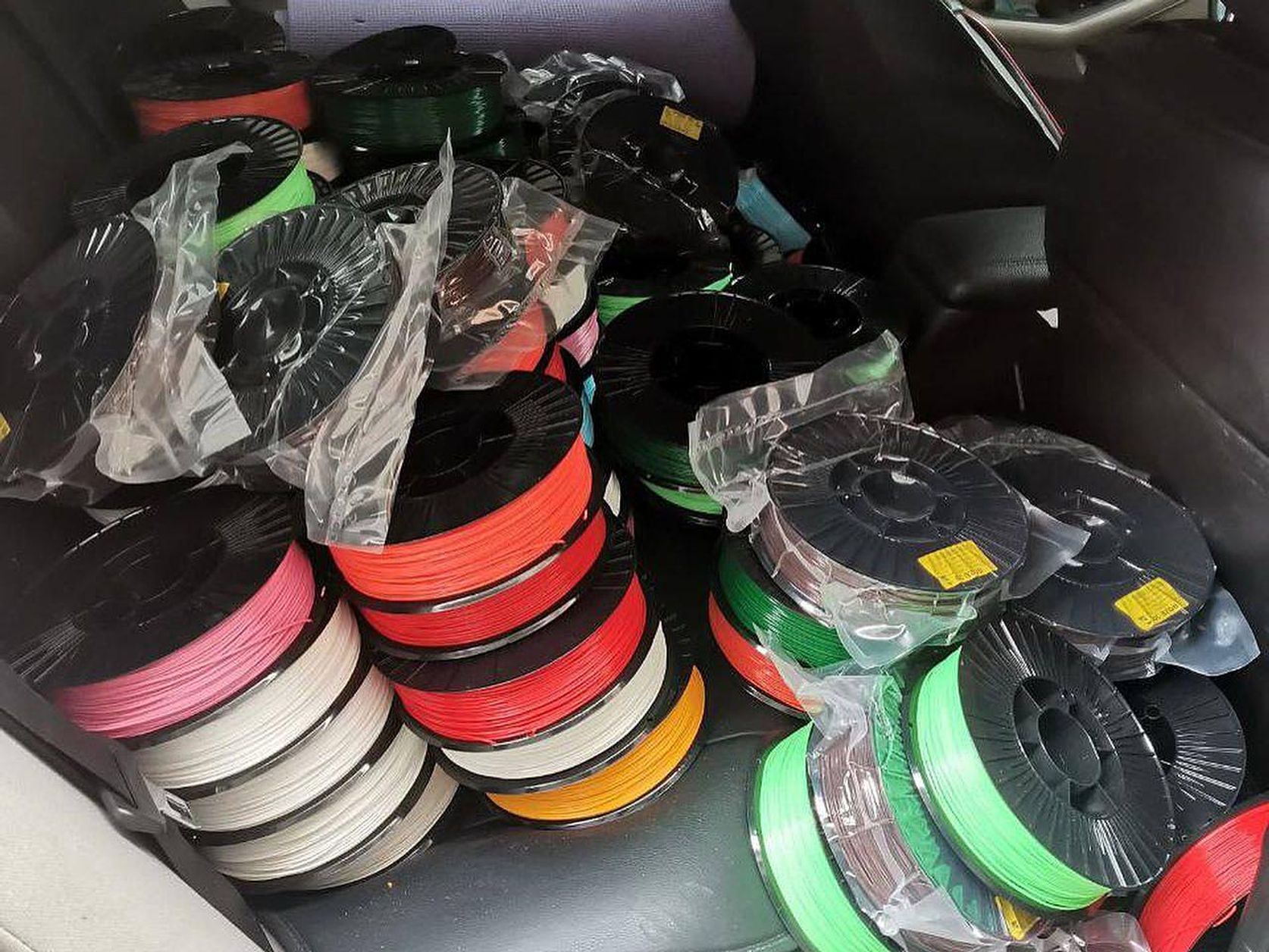
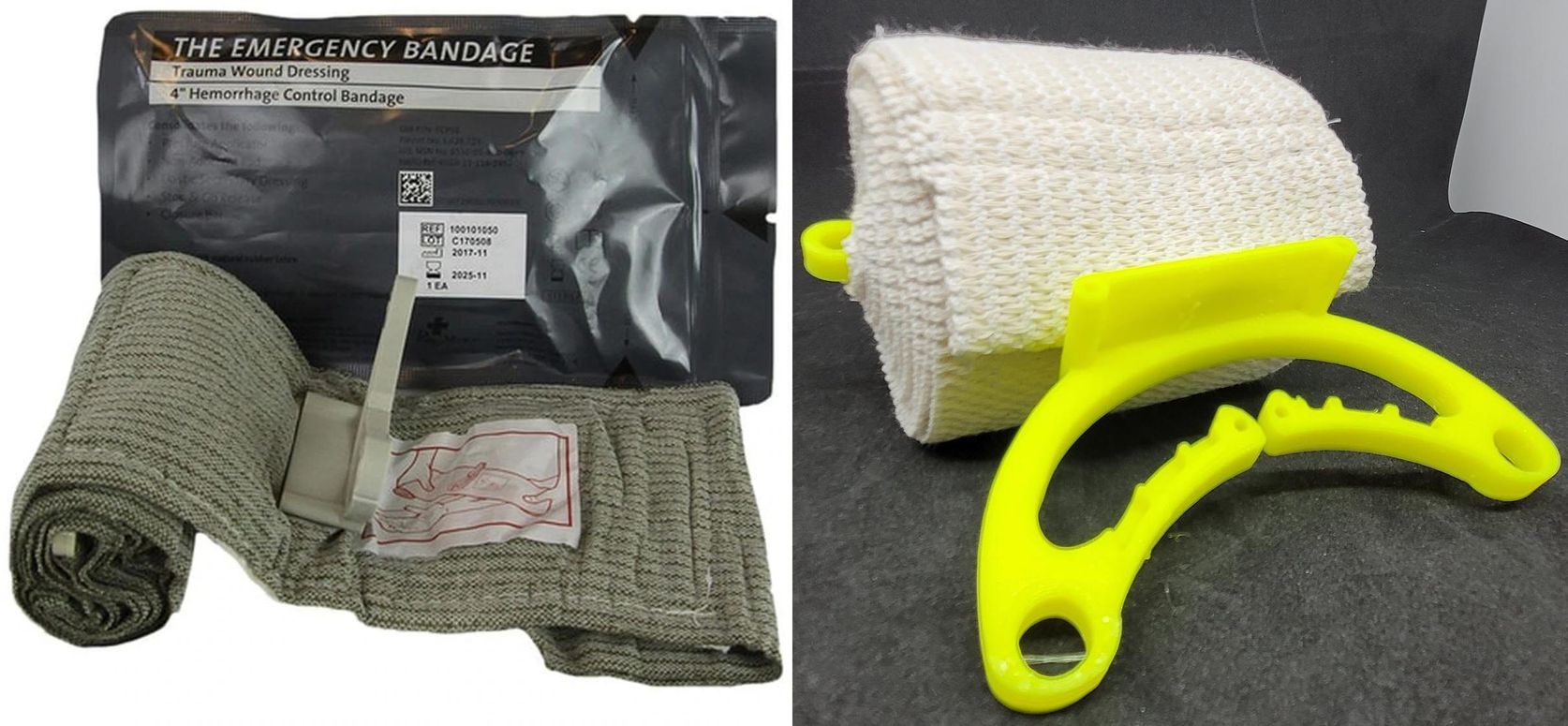
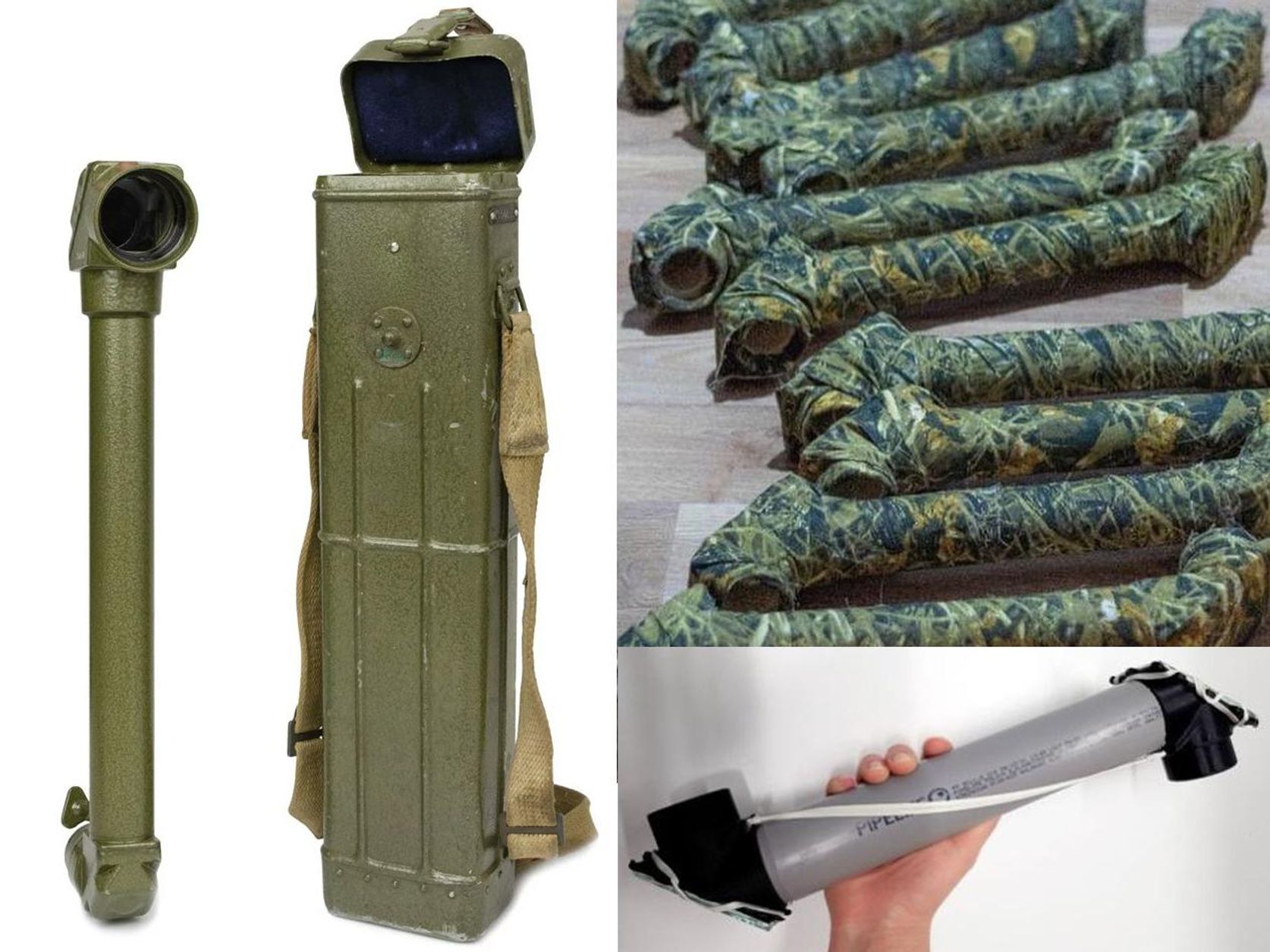


















2 comments:
Being a fitness enthusiast, I was constantly searching for supplements that would enable me to meet my fitness objectives more quickly. At that point, I discovered Anavar steroids online. I made the decision to test it after reading reviews and conducting my own study to purchase oxandrolone for sale anavar online usa. I was surprised to see that after using it for a few weeks, I could already see effects. In addition to helping me gain muscular bulk, anavar steroids also increased my stamina and general strength. Online purchasing was absolutely worth the risk!
Steroids are powerful drugs that can have both short-term and long-term side effects. Some potential risks associated with steroid use include liver damage, cardiovascular problems, hormonal imbalances, mood swings, decreased fertility, and dependency. It's important to note that the use of steroids without medical supervision is illegal and can lead to serious legal consequences. Check this for more: bulking.store/
Post a Comment